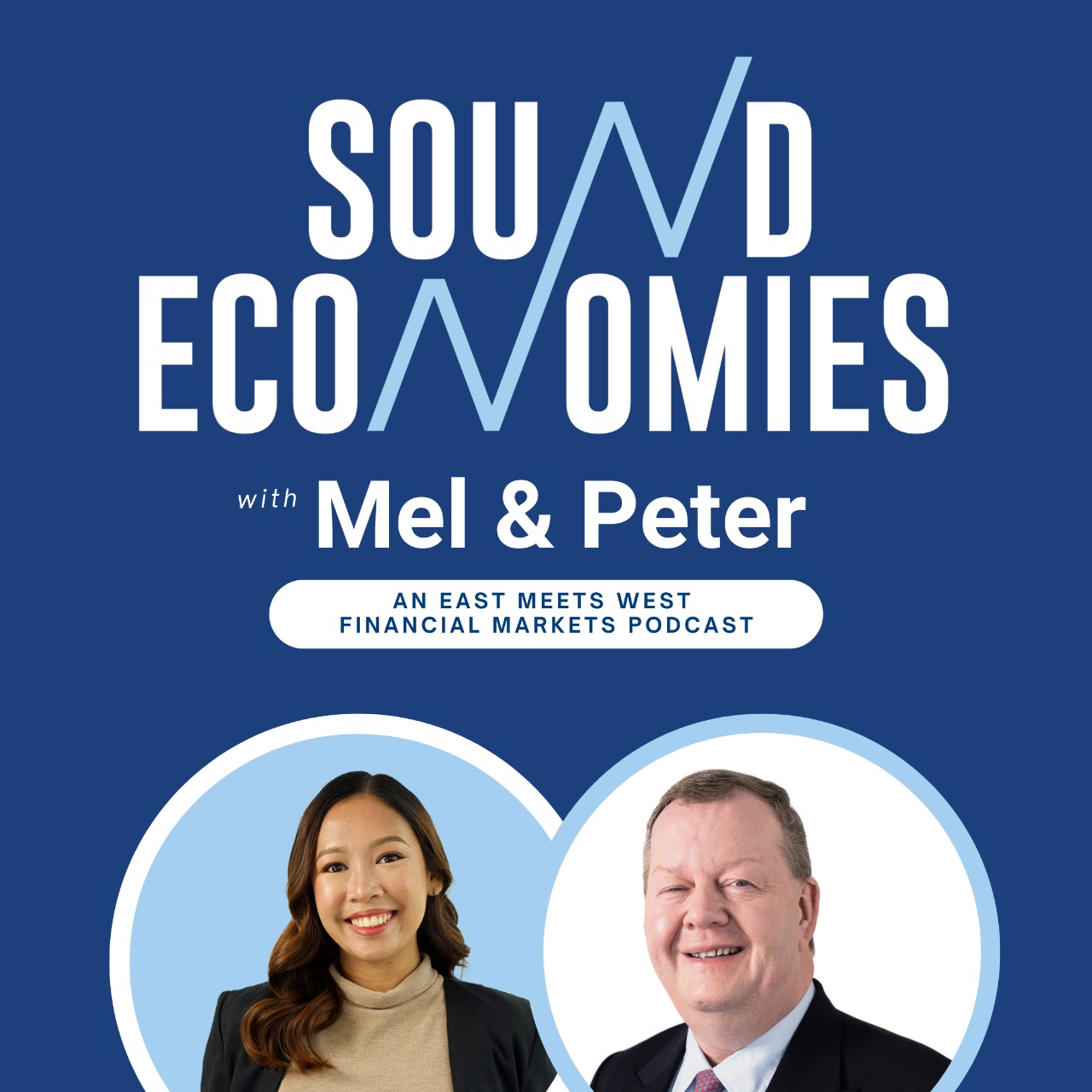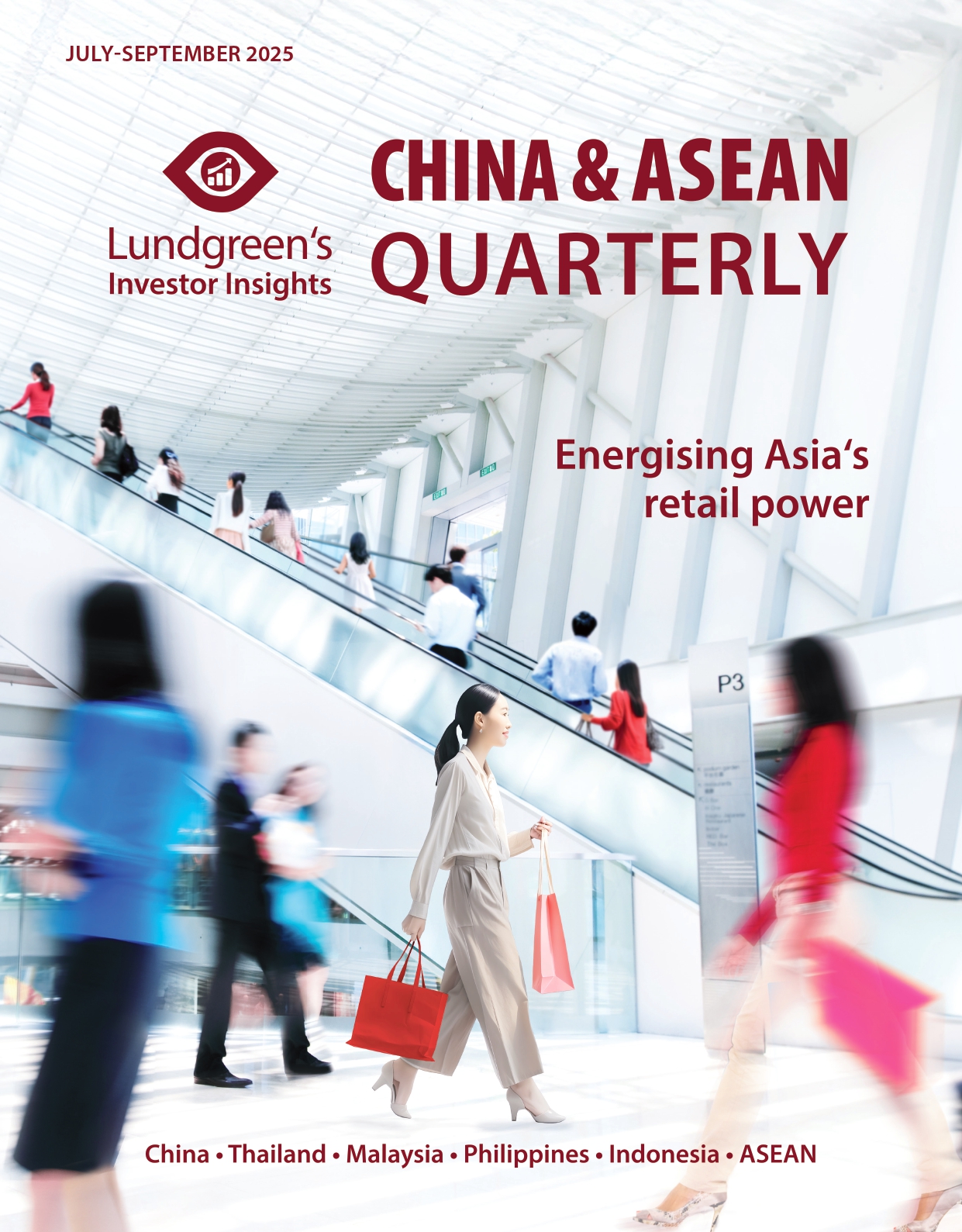The cost of keeping a strong US dollar: A double-edged sword
The US dollar is the backbone of global finance that drives trade and commodities and serves as the world’s go-to reserve currency. However, with the Federal Reserve’s shift in policy tone and growing geopolitical uncertainties, its dominance is being tested like never before. As countries explore alternatives and markets react to these changes, it is more important than ever for businesses, investors, and policymakers to stay ahead of how the dollar’s role in the world is evolving.
Shaping the US dollar
When the Fed adjusts monetary policy by cutting interest rates or buying bond assets, it does not just impact the US; it sends ripples around the world. For example, monetary policy easing is almost always followed by the weakening of the USD. Why? Lower interest rates make investing in dollar-denominated assets less attractive, and when that happens, commodity prices go up. Meanwhile, emerging markets feel the pressure in different ways.
Commodities like oil, gold, and crops are all priced in US dollars in the global marketplace. When the greenback weakens, these goods become more affordable for buyers around the world. That is why it is often seen that demand – and prices, for that matter – go up as the dollar depreciates. Take oil, for example: a weaker dollar makes it cheaper for global buyers, so prices tend to climb. Gold is another story – not only is it a commodity, but it is also a go-to investment vehicle during uncertain times, acting as a hedge against inflation or currency fluctuations. Even agricultural products like wheat and soybeans benefit from a weaker USD as global demand rises, giving US farmers and exporters a boost.

We’ve seen this play out before, but two big moments really stand out. After the 2007-2008 Global Financial Crisis, the Fed went all-in on aggressive monetary easing, which led to a sharp weaking of the dollar as seen in Graph 1. That drop in the currency’s value sent commodity prices soaring.
A similar story unfolded in 2020 during the COVID-19 pandemic: gold hit record highs and oil bounced backs from its lowest price levels, as depicted in Graph 2. It is a classic chain reaction: what the Fed does sets things in motion for world markets.
Lately, there has been a lot of uncertainty towards the US dollar. The Fed’s aggressive rate hikes in 2022-2023 to tackle inflation gave the currency a solid boost, but that momentum might not continue. Things are shifting after a full percentage point rate cut in 2024 and inflation picking up early into 2025. The Fed appears to be backed into a corner to implement further rate reductions to soften a potential growth slump due to President Donald Trump waging a global tariff war. However, we believe that monetary authorities will remain inflation-focused despite Trump’s very public demand for rate cuts.

Add to that the growing push for de-dollarisation and rising geopolitical tensions, particularly China and Russia’s push for alternative currencies, and the dollar’s future starts to look a bit murky. The Japanese yen has been gaining strength in recent months coming from a low of JPY 160 per dollar in July 2024 as currency traders are encouraged by the Bank of Japan’s exit from negative interest rates and its plan to unleash more rate hikes, which defies global trends. Meanwhile, the British pound is also perceived to outperform the greenback as Trump appears to take a friendlier approach towards the UK, given the US’ trade surplus with the country.
Opportunities and risks
Treasury Secretary Scott Bessent said they will keep a strong dollar policy and maintain borrowing plans set by the Biden administration. A strong dollar benefits businesses and individuals with do business in the US, while the rest of the world has to pay more for American goods and services.
Investors must navigate the interplay between US monetary policy, the USD, and global markets to identify profitable opportunities and mitigate risks. Commodities can be highly volatile, with geopolitical tensions and supply chain disruptions likely to cause sharp price swings in the months ahead.
Emerging markets are another area to watch. If the dollar suddenly strengthens, it can trigger capital flight or cause sovereign debt issues in these economies. Rising trade protectionism and moves towards de-dollarization also create challenges that are hard to predict.
Investing in emerging markets can also be a smart play: investing in equities and bonds from countries that benefit from a weaker dollar can pay off, especially those in high-growth economies like China and Southeast Asia. Further, diversifying one’s currency portfolio by holding more euro, pound, or yen can help manage risks and generate profit from this emerging new normal.
The dollar’s strength is also deeply connected to what is happening within the US: monetary policy readjustments, fiscal health, political stability, and economic performance all play a big role. When the economy is strong and well-managed, the USD tends to hold its ground. Issues like ballooning federal debt, rising inflation, or heightened political instability can weaken its position, especially as currency alternatives to the dollar become more attractive.
For investors, staying ahead means paying close attention to the US Fed’s next steps and closely tracking geopolitical shifts. While the dollar’s dominance is not going away just yet, the challenges it faces are only growing.
This original article has been produced in-house for Lundgreen’s Investor Insights by on-the-ground contributors of the region. The insight provided is informed with accurate data from reliable sources and has gone through various processes to ensure that the information upholds the integrity and values of the Lundgreen’s brand.







